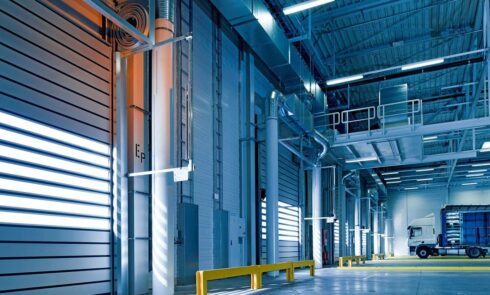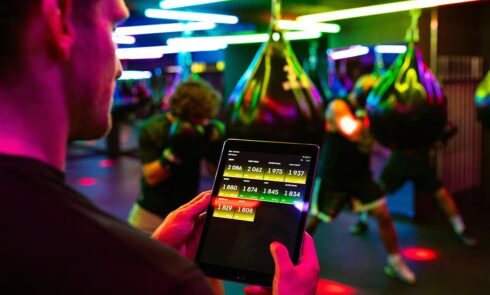With the four keys to energy efficiency in industry in mind, we can give a final overview of their benefits:
- Improved productivity: energy efficiency is about maintaining productivity while reducing energy consumption to perform the same production processes. In fact, when done correctly, the goal is that as productivity improves, productivity increases, ending unnecessary costs.
- Social commitment and corporate image: in addition to the implementation of the energy transition and commitment to the goals of the 2030 Agenda and the Paris Agreement, the corporate image gives a big boost to the business as the customer increasingly values more sustainable companies.
- Continuing to compete in the market: a company that spends less on energy bills means it can invest in production, increase staff, improve technology, etc. and thus become more competitive. But it is even more important to keep in mind that in order to continue to compete in the market, it is necessary to meet the CO2 reduction targets set by the UN, while avoiding financial penalties.
- Save time and money: energy efficiency also includes energy management, which allows you to control all the processes and solutions you use so that they always use their maximum potential and do not waste money or time delaying repairs or reducing energy efficiency.
Where is the future of energy efficiency headed?
The future of energy efficiency depends on the technological trends that are already starting to take hold in this area. For example, “IoT” technology is enabling the development of small devices that pick up signals in the field and at low cost using very efficient protocols, generating large amounts of data as part of so-called “Big data”.
“Cloud Computing”, with, among other things, the ability to self-develop and self-provisioning, can certainly make a major contribution in this field. “Business Analytic” trends and tools, or the introduction of ‘Machine Learning’ algorithms that allow dynamic and continuous learning of business processes based on patterns and correlations of historical data, allowing for more accurate prediction and analysis of information.
Another very interesting trend is called “Digital Twin”. A Digital Twin is a virtual replica of an object or system. These virtual replicas are used to run simulations before changes to real objects are created and implemented to gather data to predict how they will perform.


